Mobile Health Application Solutions
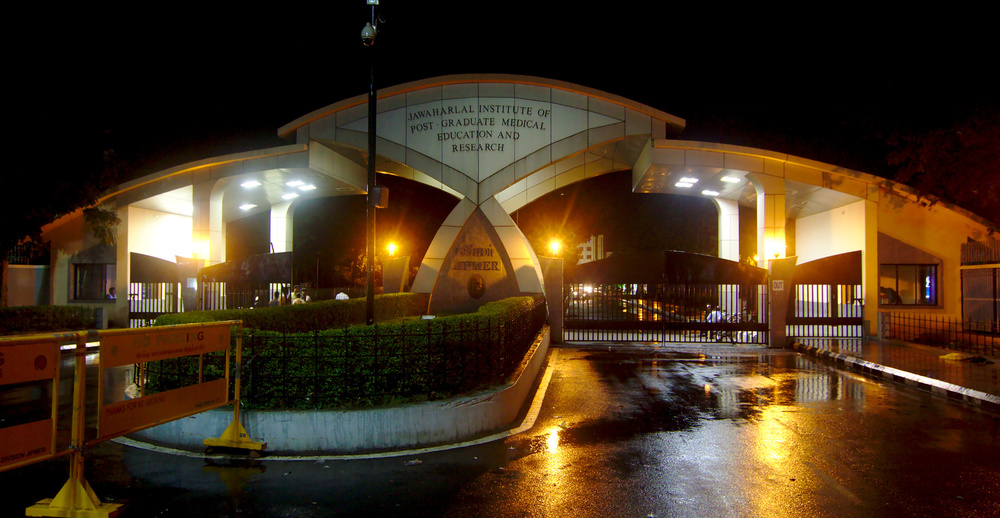
Raja Selvaraj, JIPMER


e-health
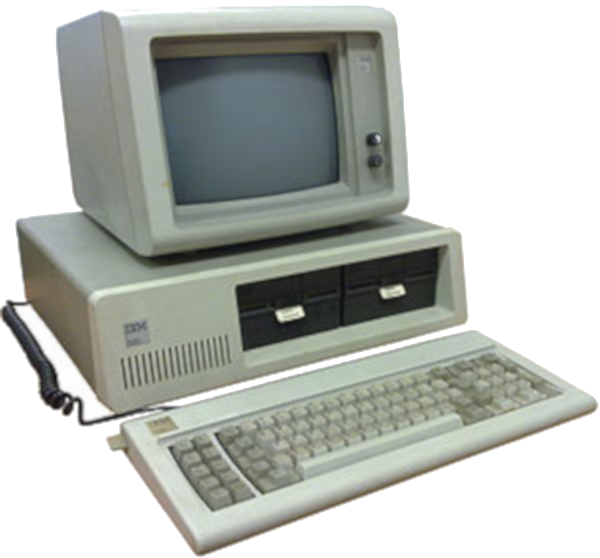


Dual core - 1.2 GHz (x 200) 16 GB RAM (x 1000,000) Rs 3100 250 gms
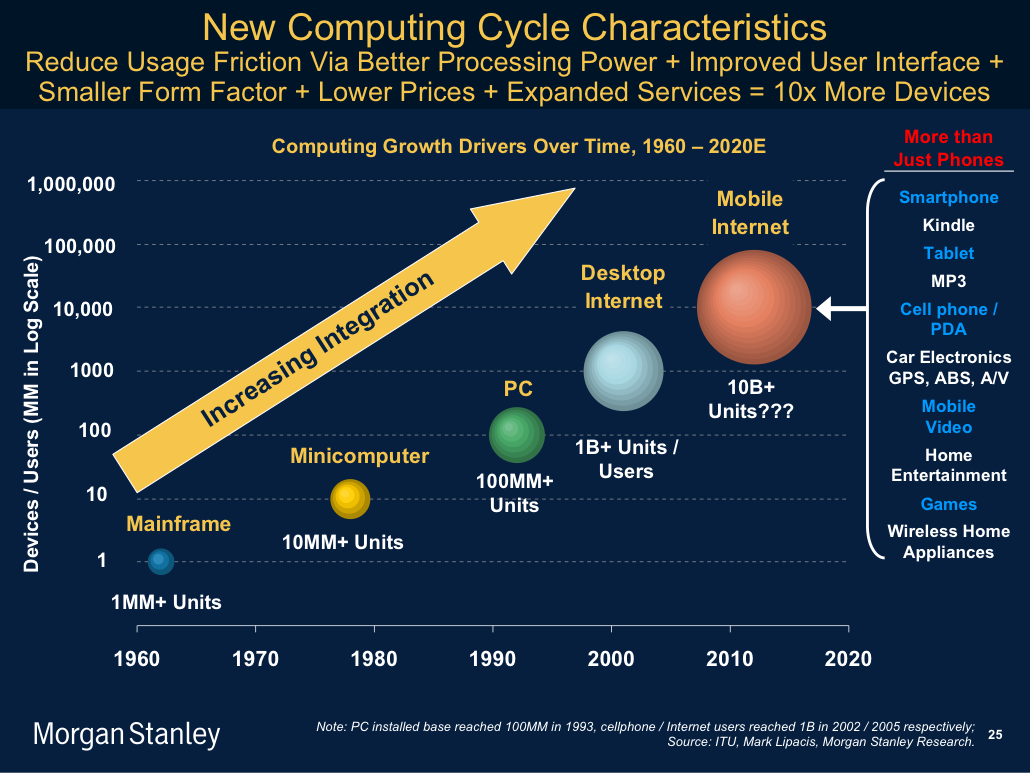
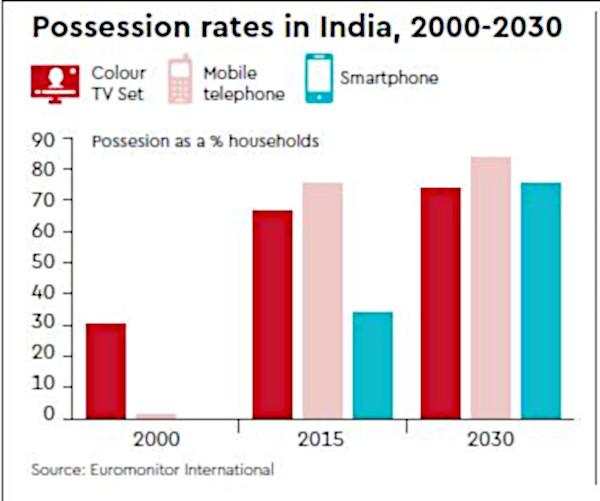
m-health
Software (apps)
- For providers - Drug information, medical information, guidelines
- For consumers - Medical information, medication reminders, visual acuity testing
- Patient portals - Ayushman, health records
Accessories

Ingestible sensor
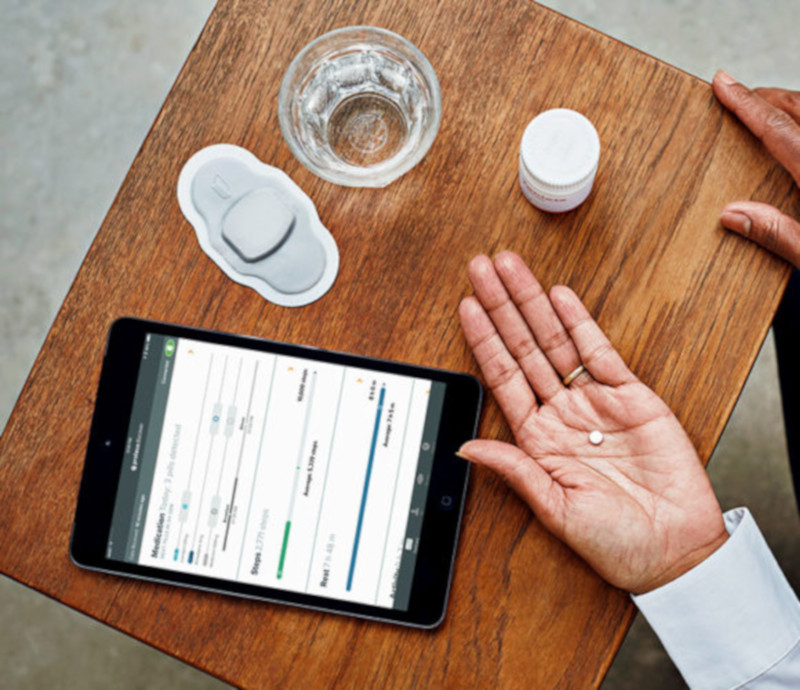
Patient monitoring
- Biological factors
- ECG
- Heart rate
- Blood glucose
- Behaviours
- Activity
- Sleep
Mobile Rhythm Monitoring
ECG with sensors
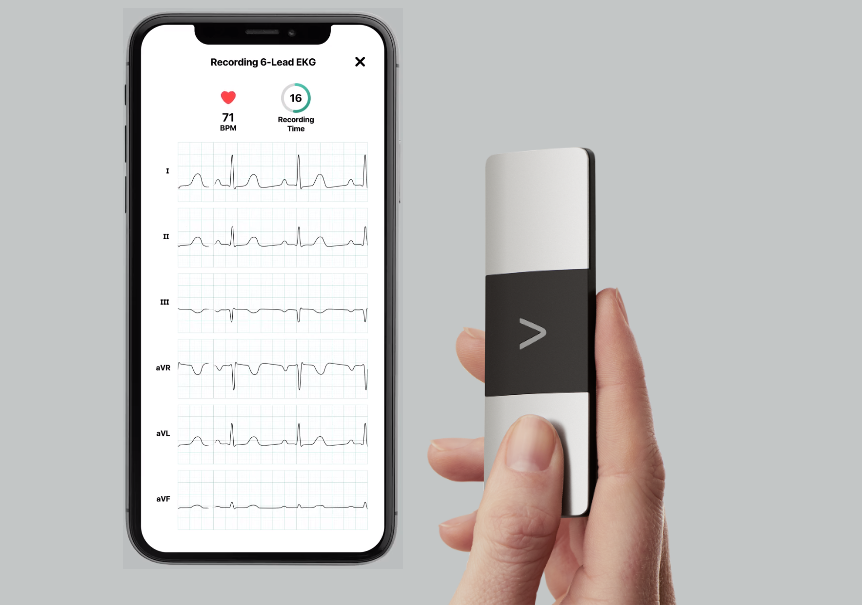
Rhythm using photoplethysmography
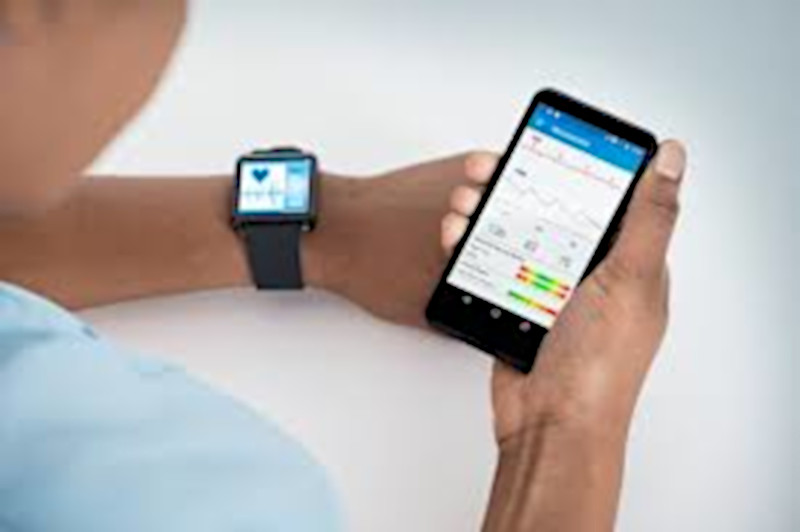
Rhythm using photoplethysmography
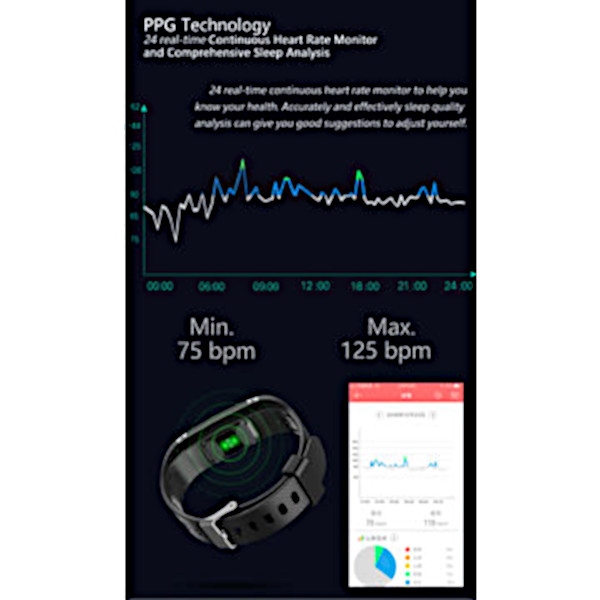
Implications of mobile rhythm monitoring
AF study - self administered
- Subjects recruited by newspaper ad
- Using photoplethysmography
- 12,328 patients recruited by newspaper ad
- Two measurements daily for 7 days
- AF identified in 1.1% overall, 11% for those older than 80 yrs
Vandervoort PM. Digital-AF. Late-Breaking Science in Telemedicine. Presented at: European Society of Cardiology Congress; Aug. 25-29, 2018; Munich.
Fibricheck
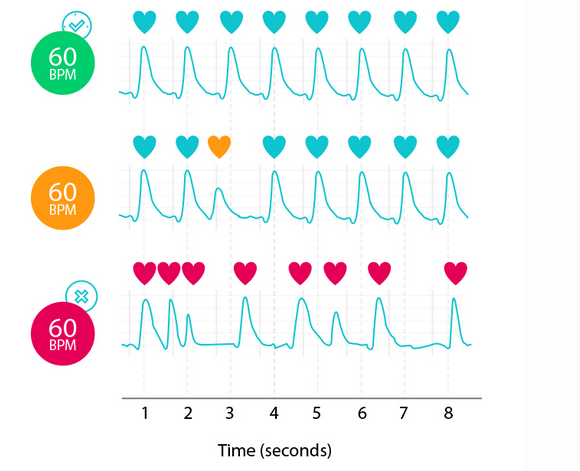
Apple watch study
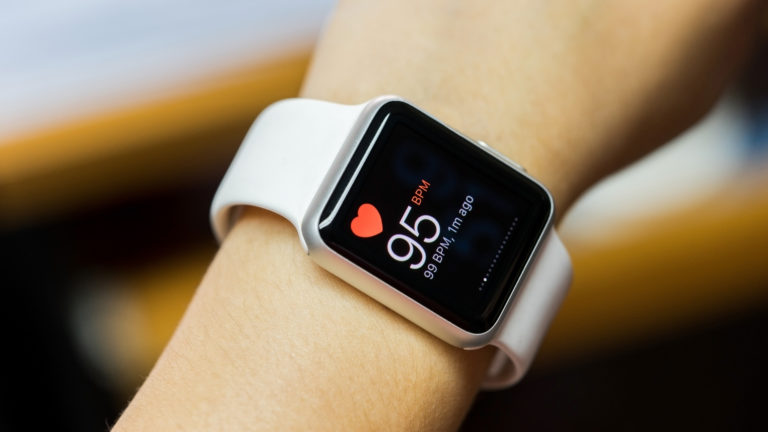

Apple watch study
- 4,19,297 subjects
- Notification of irregular pulse in 2,161 (0.52%)
- 450 of these evaluated with ECG patch (external loop recorder) for 7 days
- 34% identified to have AF

Pacemaker recorded arrhythmias - Preparation for the data deluge
Pacemaker detected AF
- AHRE can indicate higher risk of AF
- Not equivalent risk
- Prolonged AHRE with high risk - can benefit from anticoagulation
Pacemaker detected VT
- Device detected NSVT
- No significant additional information in patients with LV dysfunction
- No prognostic importance in patients with normal LV function
- Borderline LV function ? - No suggestion of prognostic value
Future
- More pervasive monitoring
- Internet of things
- Improved accuracy of detection
- AI / automatic evaluation / classification
- Virtual human agents
- Physician as final arbiter
- Use for general public questionable, but may be valuable in a vulnerable subset of patients